On April 30th, 1939, the New York Fair opened to great acclaim, with dignitaries and fairgoers arriving from places near and far. The 1939-40 World’s Fair marked a significant moment for Queens County, which, poised to grow tremendously and see considerable development, was now well on its way to becoming “The World’s Borough.”
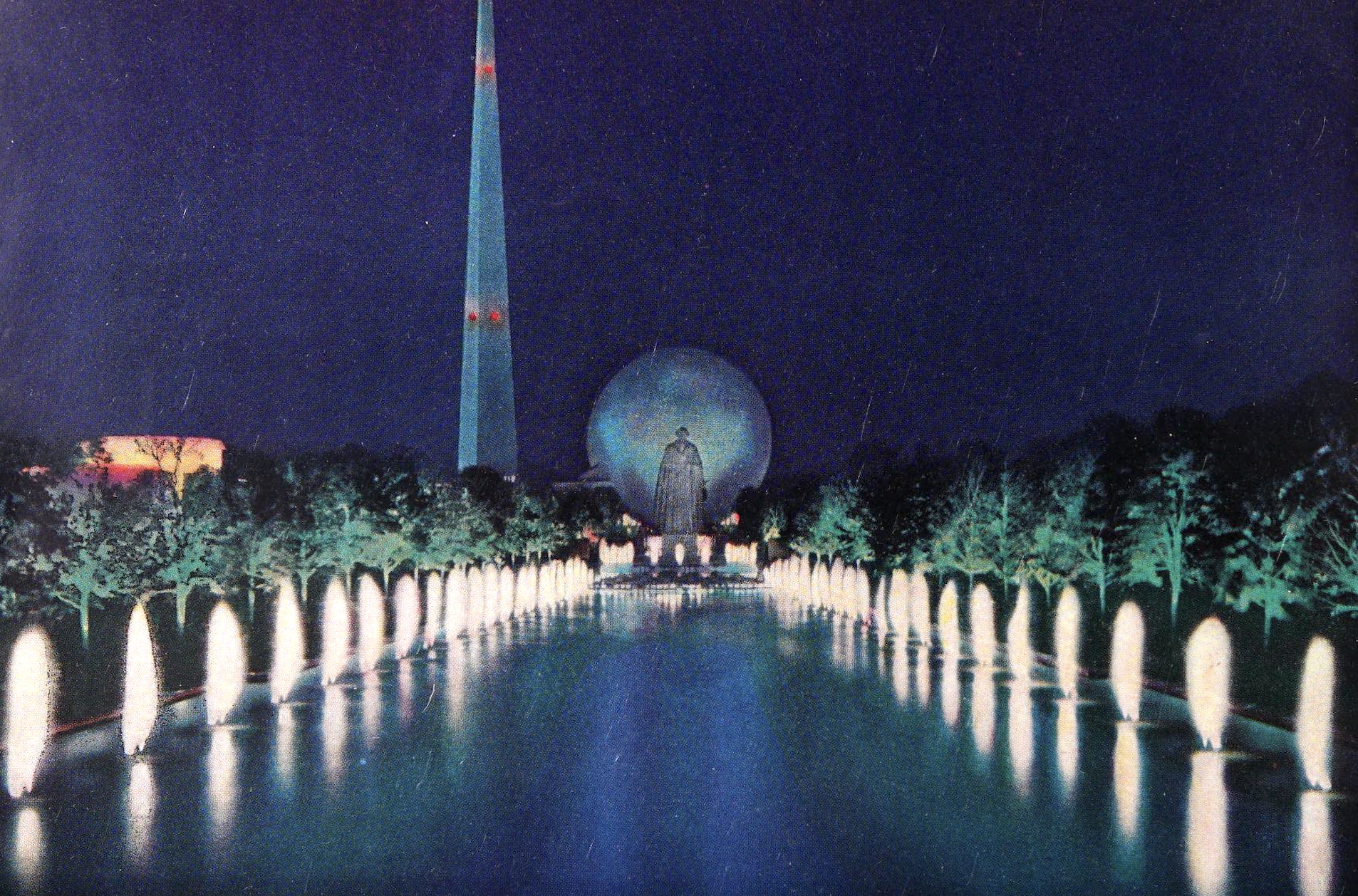
The iconic Trylon and Perisphere in Flushing Meadows Park, Queens. At night they were lit up from below, with special light effects making it seem like the Perisphere was rotating like a planet. From Electrical Engineering, May 1940, Volume 59, Number 5.
The theme of the fair was the idealistic “Building the World of Tomorrow,” with the planners promising to demonstrate how this world could be created today, which in true New York fashion of course involved fairgoers spending money on rides, attractions, and souvenirs.
A new Flushing Meadows Park was meticulously landscaped from an ash heap to a fair grounds populated by hundreds of buildings, a transformation touted in the promotional literature as “from dump to glory.” The 1,216 acres were separated into several zones, including Amusement, Communications and Business Systems, Community Interests, Food, Government, Medicine and Public Health, Production and Distribution, Science and Education, and Transportation.
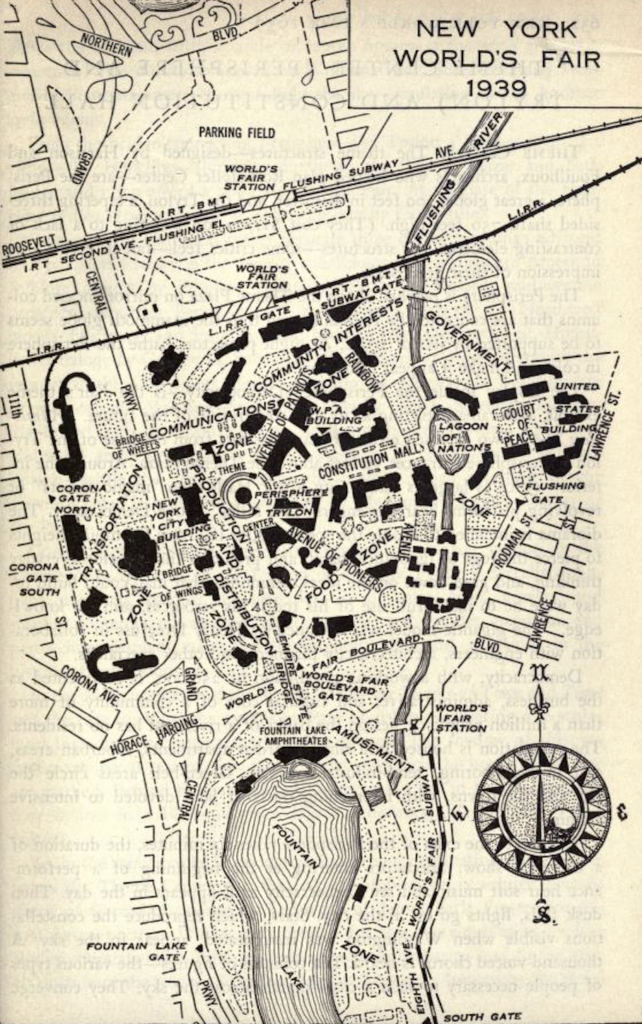
This map shows the general layout of the fair, including the various zones that people could visit. Prominent in the center is the Trylon and Perisphere. From the New York city guide; a comprehensive guide to the five boroughs of the metropolis: Manhattan, Brooklyn, the Bronx, Queens, and Richmond, Federal Writers’ Project.
The fair was also a celebration of George Washington’s Inauguration, opening exactly 150 years after Washington was inaugurated at Federal Hall on Wall Street in 1789. A massive sculpture of Washington, crafted by James Earle Fraser, was the tallest statue at the fair, commanding the Constitution Mall.
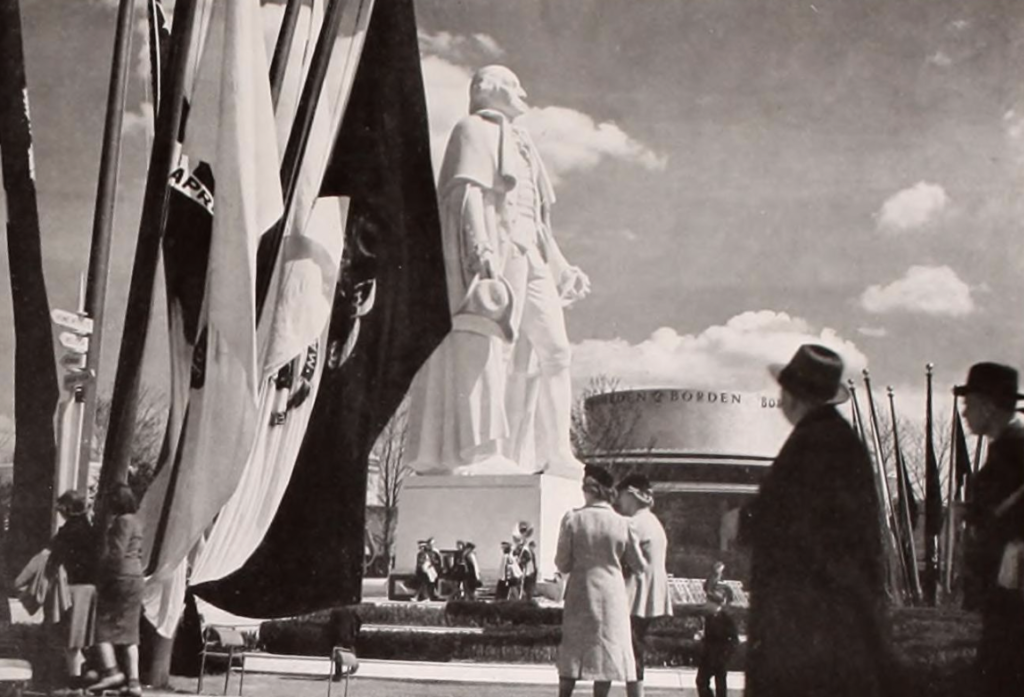
The towering statue of George Washington from below. From New York World’s Fair, 1939, L’Illustration.
The inscription at the base of the statue, adapted from George Washington’s inaugural address, read:
“The Preservation of the sacred fire of liberty and the destiny of the republican model of Government are justly considered as staked on the experiment entrusted to the hands of the American people.”
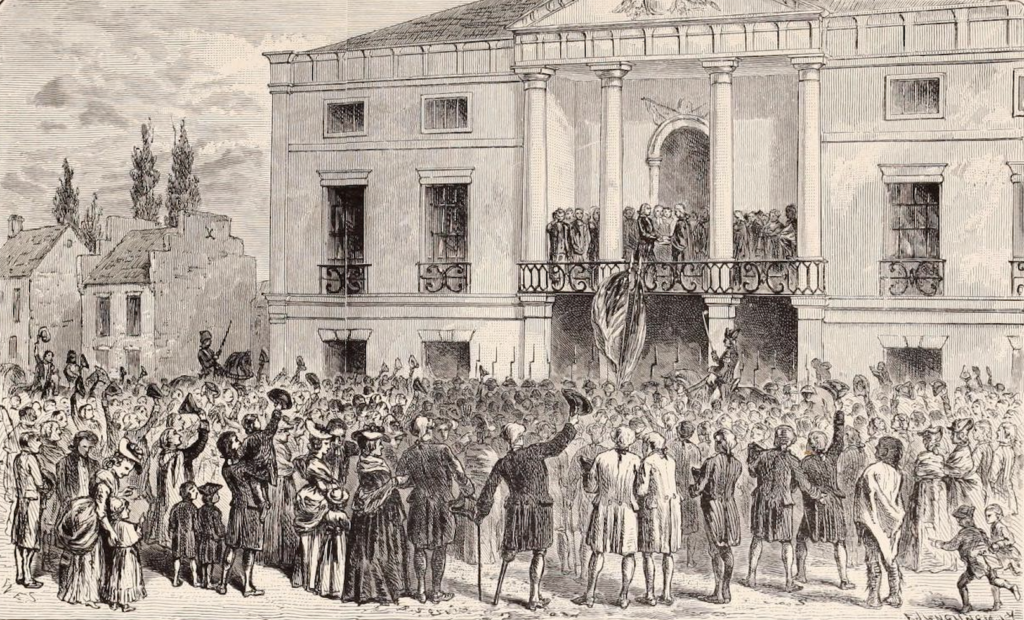
George Washington being sworn in by Robert Livingston on the balcony of Federal Hall, April 30th, 1789. Thousands attended the parade and ceremony. From Leslie’s History of the Greater New York, Volume I by Daniel Van Pelt, 1898.
The main exhibit of the fair, housed in the 180-foot diameter Perisphere, was the theme show “Democracity,” designed by Henry Dreyfuss. Democracity showcased a view of what the future might look like in 2039.
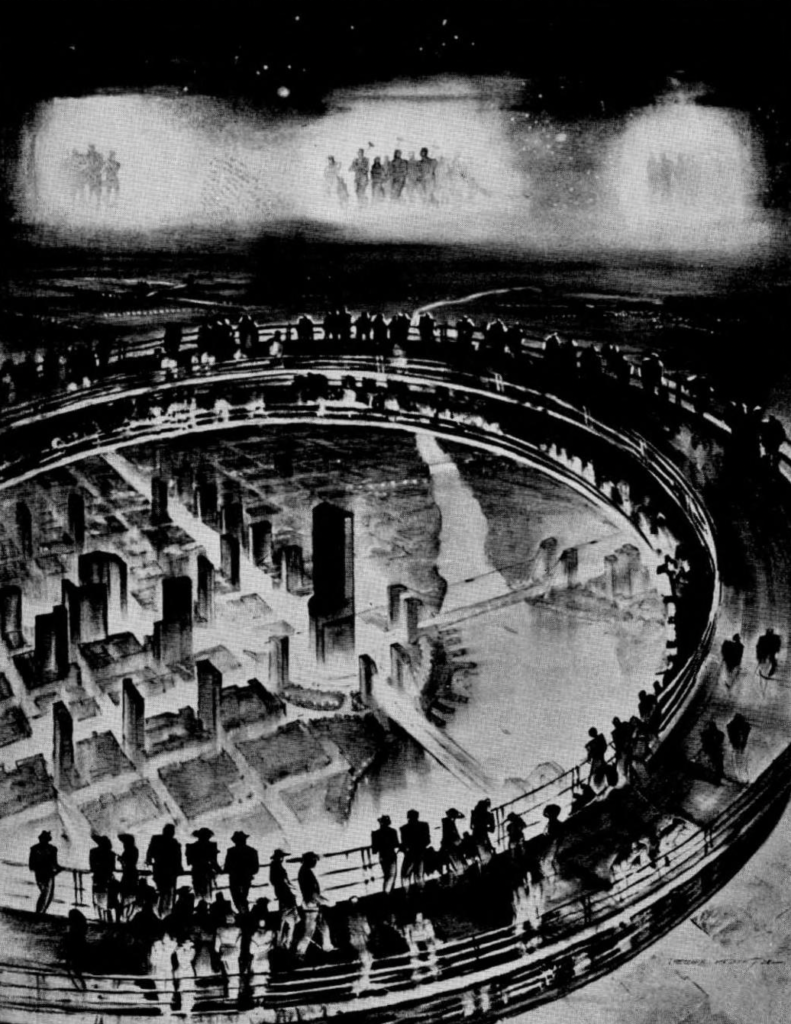
An early illustration of the Democracity exhibit, showing the perspective that fairgoers would have when looking to the model below. From The 1939 New York World’s Fair Official Guidebook.
For the price of a quarter, fairgoers entered through the Trylon, and ascended long escalators into the heart of the Perisphere. They read the following before entering:
“If we do not learn quickly the World of Tomorrow will not come into existence. The World of Today and Yesterday will be destroyed by men who do not believe in creative humanity – by tyrants who command slaves – and no new world will be built in its place. On one side is the World of Tomorrow built by millions of free men & women independent and interdependent… On the other side is chaos.”
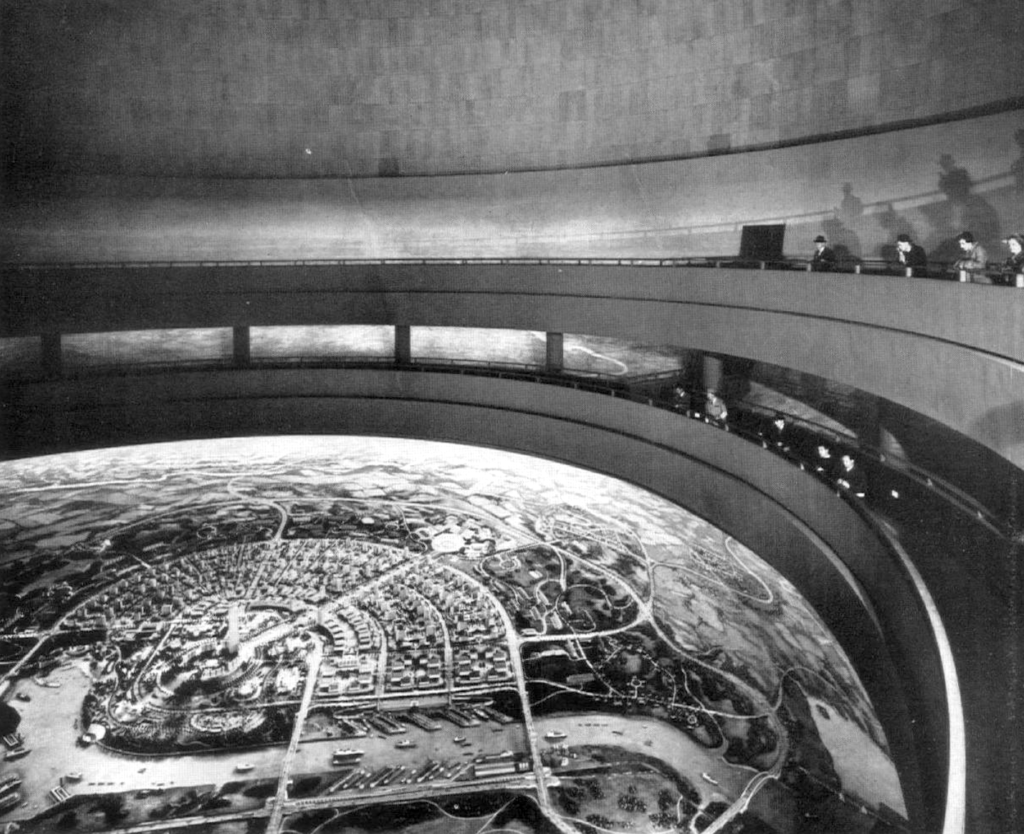
The main city “Centerton” was ringed by smaller towns such as “Pleasantville,” “Millville,” and “Terminus.” From Architectural Forum, June 1939.
Visitors then stepped onto one of two motorized rotating balconies, or “magic carpets,” meant to give the sense of floating two miles above the scene. The diorama depicted a city, dubbed “Centerton,” that could accommodate 250,000 workers. It was surrounded by garden suburbs and distinct districts that housed 1.5 million people. The fairgoers far above were taken along on a journey from day to night, with special effects showing the life of the city and suburbs a hundred years into the future.
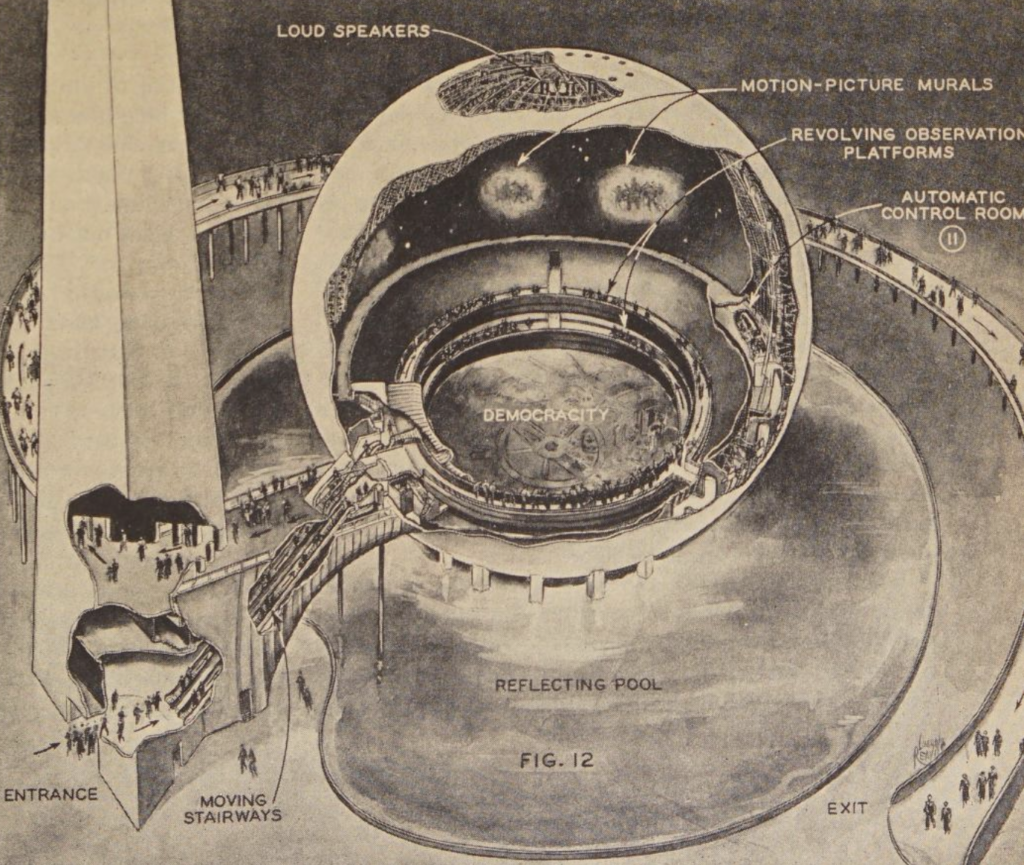
Inside the Perisphere, showing some of the important electrical components and how people flowed throughout the exhibit. From Electrical Engineering, May 1940, Volume 59, Number 5.
Newscaster H. V. Kaltenborn narrated the show, which lasted six minutes in total. As night fell, the central city lit up and constellations emerged in the dome above, showing the sky as it looked on the night of Washington’s inauguration (this was designed by scientists from the Hayden Planetarium). A chorus of a thousand voices, directed by Andre Kostelanetz, filled up the space to herald the moment and sing the theme song Rising Tide, composed by William Grant Still, as a series of ten projections depicting important members of society who would contribute to the success of the future city marched across the dome.
After the show ended, visitors would exit the Perisphere via the Helicline, which spiraled around the base of the structure, offering excellent views of the surrounding fairgrounds. Folks could then head to one of the other zones and enjoy exhibits from 34 states (and Puerto Rico), 58 international countries (plus the League of Nations), and numerous companies. Popular attractions and rides included the General Motors Futurama exhibit, Billy Rose’s Aquacade, and the Life Savers Parachute Jump, which was later moved to Coney Island.
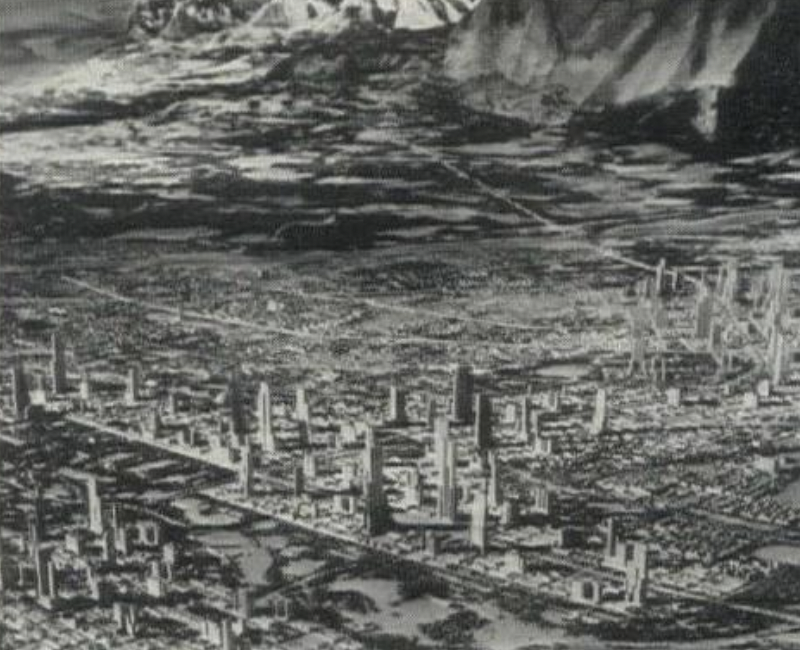
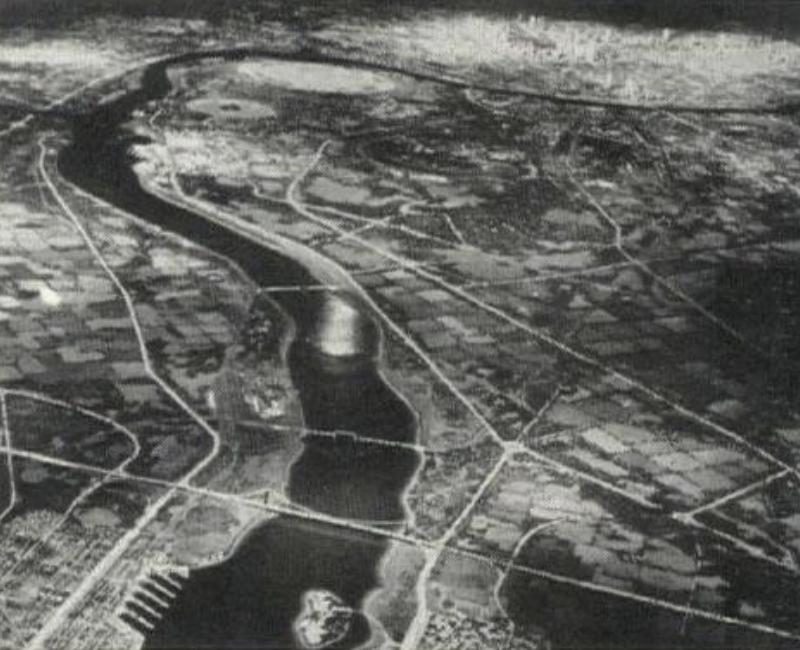
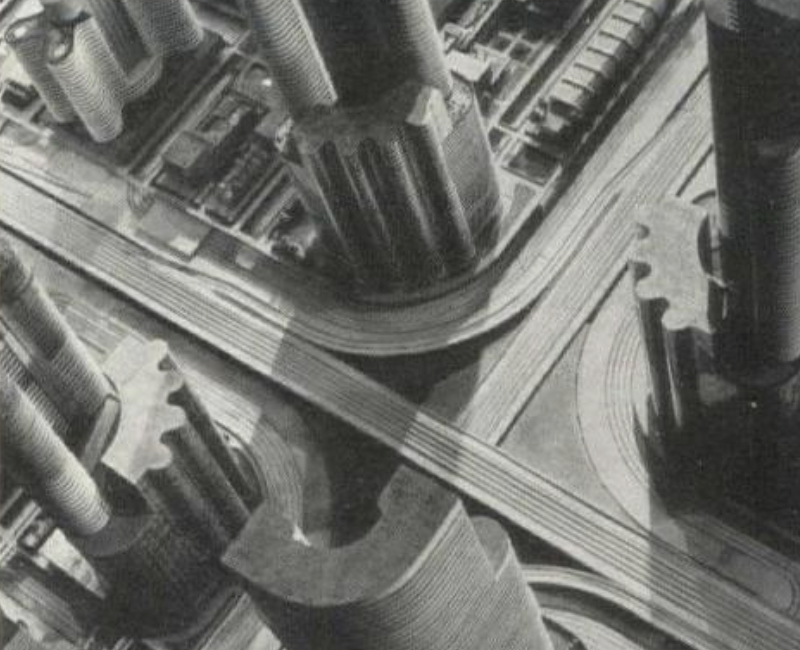
Images from the carry-go-round Futurama exhibit. From Architectural Forum, June 1939.
Select sources
The 1939-1940 New York World’s Fair: The World of Tomorrow by Bill Cotter
1939: Lost World of Fair by David Gelernter
New York’s 1939-1940 World’s Fair by Andrew F. Wood
The New York World’s Fair, 1939/1940: in 155 Photographs by Richard Wurts and Others by Richard Wurts and edited by Stanley Applebaum
Newspaper articles
World’s Fair to be Biggest Exposition in History From Every Angle. Brooklyn Daily Eagle, April 29, 1939.
Notables view “Democracity,” City of Future. Brooklyn Daily Eagle, April 27, 1939.
“World of Tomorrow” Opens Dampened by Chill Drizzle. Democrat and Chronicle, May 1, 1939.
